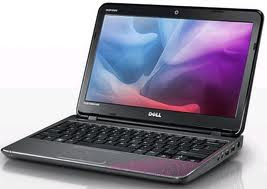Toshiba has been long known as a good manufacturer of reliable laptops and it is surely not stopping. To date, Toshiba has released new Satellite and Satellite Pro laptops whose specs have yet to be revealed.
The only thing that can be said right now is the glossy black finish which combines stylish slim-line chassis design with desirable features.
The range offers a textured palm rest, touchpad with metallic mouse buttons and a quick launch multimedia bar, with touch-sensitive buttons and LED lighting.
Additionally, it will have the usual Intel and AMD chips along with some graphic card visualization to adhere towards the demands of most techy freaks today.
The only thing that can be said right now is the glossy black finish which combines stylish slim-line chassis design with desirable features.
The range offers a textured palm rest, touchpad with metallic mouse buttons and a quick launch multimedia bar, with touch-sensitive buttons and LED lighting.
Additionally, it will have the usual Intel and AMD chips along with some graphic card visualization to adhere towards the demands of most techy freaks today.










